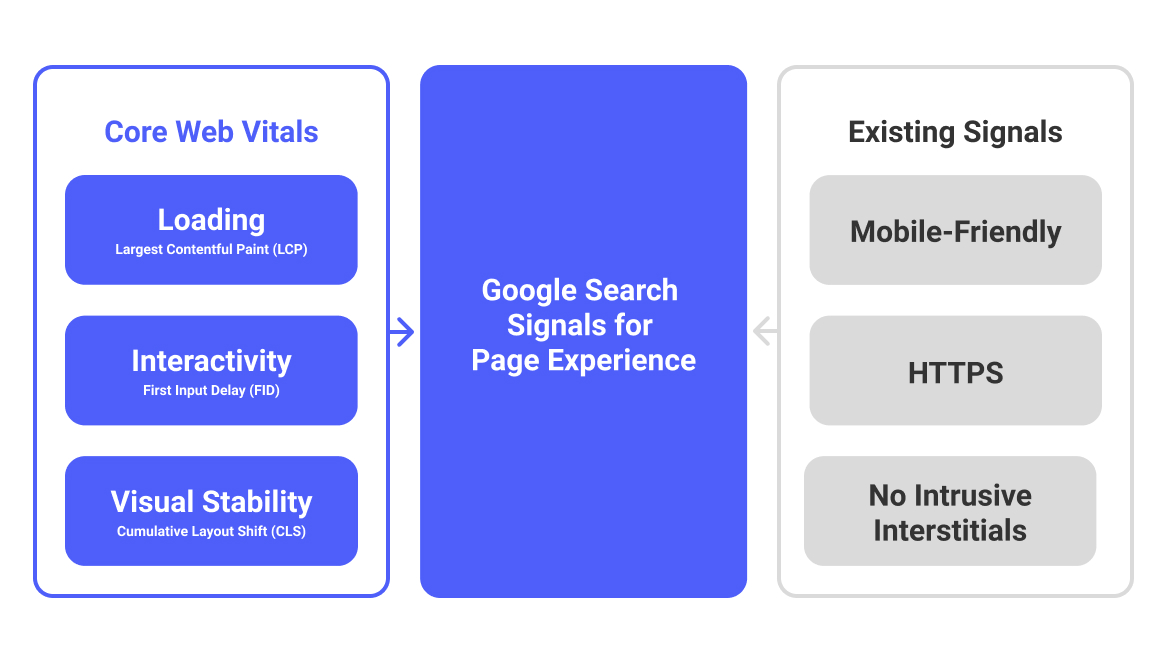EMAIL MARKETING
Website Forms 101: The Various Types, Where to Put them, and How to Make Them Effective

Website forms are essential for your inbound marketing strategy. Used strategically, they can turn a regular site visitor into a lead you can nurture and eventually convert to a customer. And if you’re one of the 63 percent of businesses that report generating traffic and leads as their biggest marketing challenge, you’d be hard-pressed to find any reason why you shouldn’t be using forms on your site.
Like any good marketing tactic, web forms have to be done right if they’re going to get you results. Keep reading to learn what you need to know about the three most common types of website forms you should be using, including where they belong on your site and how to make sure they’re effective.
Types of Website Forms
Among today’s businesses, 74 percent are utilizing web forms for lead generation, and nearly half cite them as being their top-performing lead generation tool. Not too shabby for something that’s super easy to set up and keep active on your site.
There are three primary kinds of website forms, and each type serves the same purpose – to help you generate leads. However, they do so in different ways.
- Embedded forms – These are static forms that have a permanent place somewhere on your website, generally in a footer or sidebar.
- Value proposition forms – These are forms that offer distinct and defined value in exchange for a user’s contact information, such as forms that precede gated assets.
- Pop-up forms – These forms “pop up” somewhere on your page at a predetermined time and location and are designed to catch a user’s eye at an opportune moment.
Forms can be useful at all stages of the buyer’s journey, and certainly, all of them offer utility for lead generation. But different types of forms are more useful at certain times than others and can offer additional benefits. For example, while an embedded form can capture attention at the awareness, consideration, and decision stages, pop-up forms tend to have the most impact at the decision stage, when users have interacted with your site already and have decided they like what they see.
Where Forms Should Exist on Your Site
Just as important as including a form in the first place is making sure that you put it in the right spot.
Research on consumer behavior tells us that people have pretty distinct ways of reading and engaging with web pages. To get the most out of your forms, you want to be sure that you’re placing them somewhere the eye is likely to travel — and one that makes sense with your user’s current level of engagement.
It might seem like placing your form “above the fold” is the best way to garner attention, but users who have just made their way to your page might not be ready to give up their contact info. That’s why you’ll usually see embedded forms in the footer or in a sidebar since both placements suggest there’s already been some page interaction.
Value proposition forms and pop-ups don’t have such hard and fast rules, but in all cases, figure you’ll want to play around with placement to see where your forms have the most impact.
How to Make Sure Forms Are Effective
Last but not least, let’s talk about what makes a great website form.
The basic element, of course, is copy. It should be well-written and concise, and very clear in its purpose (i.e., don’t say you’re collecting info for one thing and then use the data for something else).
You’re rarely going to get something for nothing. Make sure you’re offering something of value in return for a user’s contact information. Examples include:
From there, deliver on your offer. Again, you never want to be misleading in your purpose since doing so will hurt your brand integrity and create a poor impression with a new lead that may be hard to overcome. And while you’re at it, acknowledge your new lead by sending them a welcome email. Welcome emails have an average open rate of 82 percent, so take advantage by including conversion-driven content.
Finally, if the form isn’t for your email newsletter, include a way for users to opt-in to your emails while providing their info for another purpose. Opt-ins are a crucial email marketing technique, and web forms are a fantastic place to stick ‘em, so put a box at the bottom of the form that users can check off if they want to hear from you more regularly.
Forms make it easier for you to collect leads and make it easier for prospects to signal to you that they’re interested in further engagement. Use them wisely, and you should have no trouble adding more fuel to your lead generation efforts.



